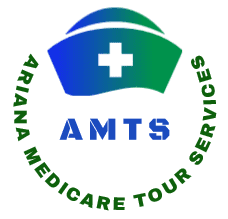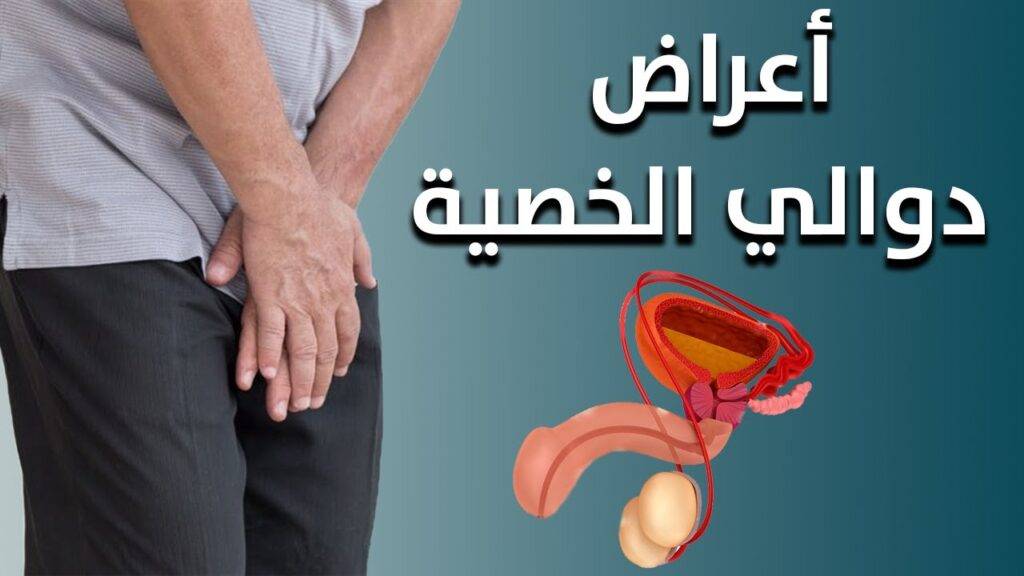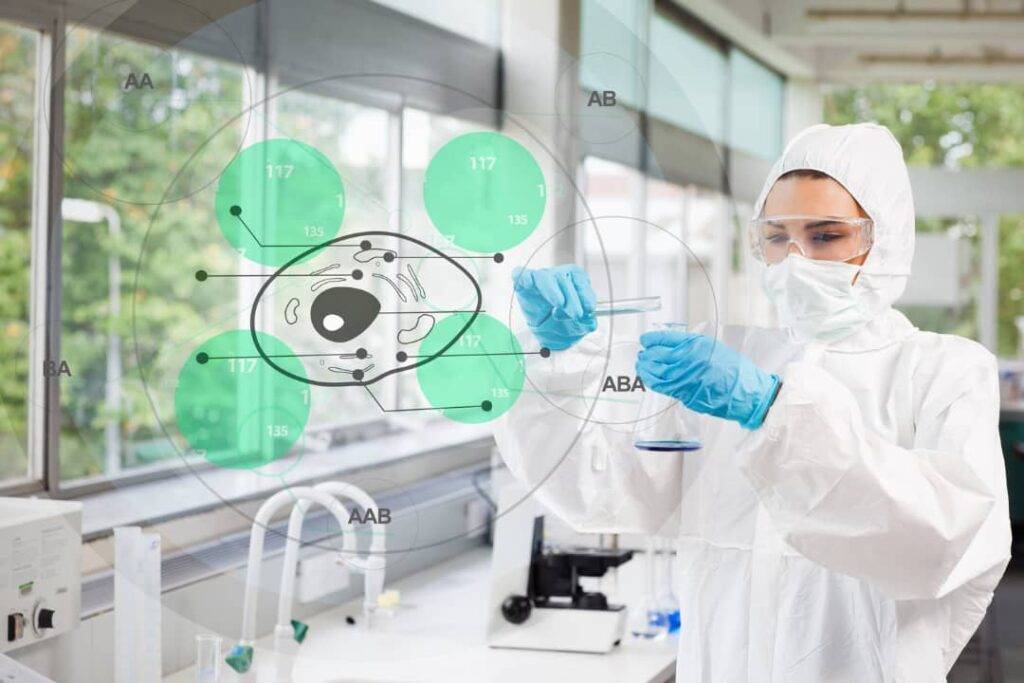Aortic aneurysm is a critical health issue that challenges the medical community and patients alike. Iran, especially the cities of Shiraz and Tehran, comes as one of the leading countries in the field of developing and implementing innovative treatment techniques for this problem. Iran combines distinguished medical expertise and advanced scientific research to provide high-quality medical care for patients with aortic aneurysms.
This article aims to review the importance of aortic aneurysm treatment in Iran, and to highlight the concrete efforts that are being made in the cities of Shiraz and Tehran to confront this important health problem. We will showcase advanced treatment technologies and medical innovations that improve patients’ lives and provide comprehensive and effective treatment.

Article contents
- Introduction.
- What is aortic aneurysm (cardiac, thoracic…)?
- Causes of aortic aneurysm.
- Symptoms and how to diagnose an aneurysm.
- Surgery and treatment of aortic aneurysm in Shiraz, Iran.
- Protection.
- Sources.
1. Introduction
The aorta is the largest artery in the body and the artery that carries oxygen-rich blood from the heart to the rest of the body. The part of the aorta that passes through the chest is called the thoracic aorta, and the part that goes down to the lower abdomen is called the abdominal aorta.
2. What is aortic aneurysm (cardiac and abdominal ..)?
An enlargement and increase in the diameter of the aorta is called an aortic aneurysm. Aneurysms can occur anywhere along the entire length of the aorta.
- An aneurysm that occurs in the abdominal aorta is called an abdominal aortic aneurysm.
- An aortic aneurysm that occurs in the chest is called a thoracic aortic aneurysm and may involve the aortic root, ascending aorta, aortic arch, and descending aorta.
- Aneurysms that involve the aorta throughout the abdomen and chest are called thoracic and abdominal aortic aneurysms.
3. Causes of aortic aneurysm
- Aging: The most important cause of aortic aneurysms is aging. With age, the aortic wall loses its elasticity and smoothness. This problem is caused by increased destruction and decreased production of elastin and collagen fibers in the aortic wall, which causes blood pressure to enter the aortic wall, resulting in increased pressure within the wall causing the aorta to protrude and pop. create an aneurysm.
- Smoking: Smoking of all kinds, especially cigarettes, is an important factor in causing aneurysms. Nicotine and cigarette smoke damage and disintegrate the walls of blood vessels and the aorta and can be a cause of aneurysm formation.
- High blood pressure: Especially if it is not treated and remains out of control, it can cause all types of aneurysms in almost all vessels of the body. Treating high blood pressure can prevent the development of aneurysms and prevent complications and rupture of the aorta.
- Genetic diseases: Marfan syndrome, Ehlers-Danlos syndrome, aortic valve condition and chromosomal diseases such as Turner syndrome can also lead to the formation of aneurysms and rupture of the aorta during the course of the disease.
- Family history: The presence of similar diseases in first- and second-degree relatives increases the likelihood that a person will develop similar diseases of the aorta. In the case of aortic diseases, a large number of genes that can be transmitted hereditarily have been identified, and besides, many genes have not yet been identified. For this reason, the presence of two or more close relatives should raise the suspicion that this disease is familial and hereditary.
4. Symptoms and how to diagnose an aneurysm
Aneurysms can develop slowly over many years and often have no symptoms. An aneurysm that occurs near the surface of the skin may be painful and include swelling (inflammation) and a visible pulsating mass. If the aneurysm expands or ruptures rapidly, specific symptoms may appear suddenly, usually including:
- Pain
- Cool and moist skin.
- Dizziness.
- Vomiting and nausea.
- Fast heartbeat
- Going into shock (due to an imbalance in the body’s blood supply).
- Low blood pressure.
Your doctor may use an angiogram, CT scan, or ultrasound to diagnose an aneurysm.
5.Surgery and treatment of aortic aneurysm in Shiraz, Iran
Large aneurysms or those causing symptoms are usually treated with surgery. A ruptured aneurysm may require immediate surgical intervention. Surgical approaches to treat aortic aneurysms include:
- Open Surgical Repair In this procedure, the surgeon makes an incision in the patient’s abdomen, side, or chest to gain access to the site of the aortic aneurysm. Then the part of the aorta where the aneurysm is located is removed and replaced with an artificial graft. The graft is a tube of fabric that must be sewn into place.
- Endovascular aneurysm repair (EVAR). Endovascular aneurysm repair (EVAR) is performed with cardiac catheterization and is less invasive than open surgical repair. This is because the incision is smaller and usually takes less time to heal. The surgeon inserts a thin, flexible tube (catheter) into a blood vessel, usually in the groin, and guides it into the aorta. A metal mesh tube (graft) attached to the end of the catheter is placed at the site of the aneurysm. Small hooks or staples hold it in place and prevent blood from entering the aortic aneurysm.

6.Protection
- Quit Smoking.
- Regular exercise.
- Adequate nutrition and a low-fat diet.
- If syphilis is present, early treatment.
- Compliance with the blood pressure control treatment plan.
- Reduce stress
Sources:
Cronenwett JL, Murphy TF, Zelenock GB, Whitehouse WM, Lindenauer SM, Graham LM, Quint LE, Silver TM, Stanley JC (September 1985). “Actuarial analysis of variables associated with rupture of small abdominal aortic aneurysms”. Surgery. 98 (3): 472–83
Melissa L Kirkwood. “Iliac artery aneurysm”. Retrieved 23 February 2018. Last updated: 27 March 2017.
Read more about other articles in the medical fields (Cosmetics and Medical).
- Hair Transplant in Iran
- Rhinoplasty (Nose Job in Iran)
- Face Lift Surgery (Rhytidectomy) in Iran
- Breast Lift in Iran
- Chin Surgery in Iran
- Liposuction in Iran
- Tummy Tuck (abdominoplasty) in Iran
- Butt augmentation (Brazilian butt lift) in Iran
- Breast Augmentation in Iran
- Eye Care in Iran
- Cataract Surgery in Iran
- Diabetic Retinopathy Treatment in Iran
- Heart Surgery in Iran
- Knee replacement in Iran
- Eyelid Surgery In Iran
- Safe Abortion in Iran


